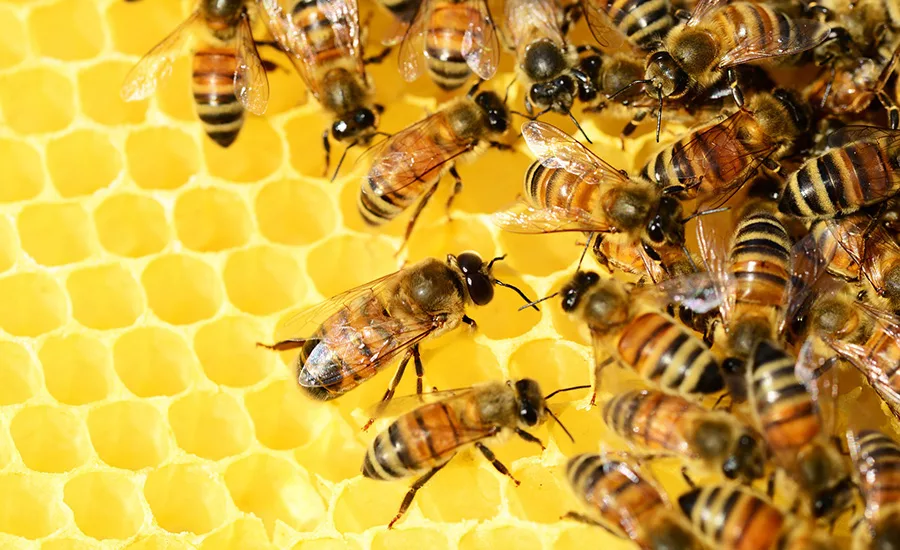EPA Releases Endangered Species Analyses and Draft Determinations for Neonicotinoid Pesticides

The U.S. Environmental Protection Agency (EPA) has released new nationwide endangered species analyses and draft determinations for neonicotinoid pesticides, a class of systemic pesticides that can harm bees and ubiquitous seed coatings. EPA did not complete the review of its own volition, but rather because of a settlement won by Center for Food Safety (CFS) in litigation, which required that a dozen products be canceled as well as Endangered Species Act (ESA) determinations be made by court-ordered deadlines.
Under the settlement, EPA must finalized its draft ESA conclusions by June 2022. EPA will be accepting public comments on the drafts until October 26, 2021.
"Today's evaluations confirm what scientists have told EPA and industry for over a decade: These extremely toxic pesticides are causing drastic ecological harm, both [in terms of] the collapse of bee populations as well as putting literally hundreds of endangered species at extinction risk across the country," said George Kimbrell, legal director of Center for Food Safety. "The Biden administration needs to complete its process with all due speed in order to start protecting these iconic species."
EPA found dangerous levels of harm to endangered species from the three neonicotinoid pesticides it examined. For thiamethoxam, EPA concluded that of all 1821 endangered species nationwide, 88 percent of them (1600) might be affected, and 77 percent of them (1396) were "likely to be adversely affected." This included making "likely to adversely affect" (the highest level of harm finding possible at this stage) for 71 of 108 endangered birds, 177 of 194 protected fish, and 135 of 161 of endangered insects.
For the other two major neonicotinoids it examined, EPA made similar draft conclusions. For imidacloprid, it found "may affect" for 89 percent of all species (1612 of 1821) and "likely to adversely affect" for 79 percent (1445 of 1821); for clothianidin, it found "may affect" for 86 percent of all endangered species (1562 of 1821) and "likely to adversely affect" for 67 percent (1224 of 1821).
For the 791 protected species with designated critical habitats, EPA determined their habitats separately are likely to be adversely modified by imadicloprid for 88 percent of those species, by thiamethoxam for 83 percent of species, and by clothianidin for 53 percent of species.
Looking for quick answers on food safety topics?
Try Ask FSM, our new smart AI search tool.
Ask FSM →








